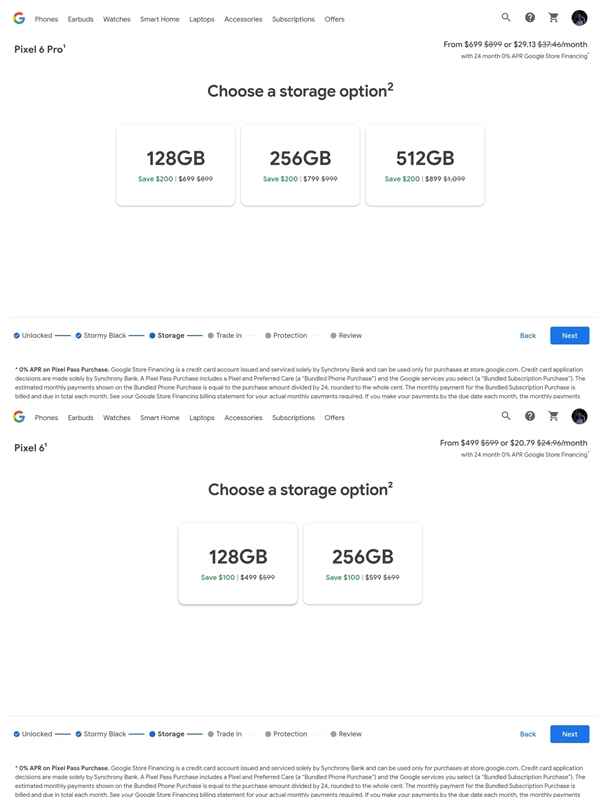
When speed meets capital, risk management becomes your real currency.
Picture this: you’re in a prop trading environment, the charts are flashing, your gold position is primed, and the firm’s resources make you feel like you’ve got a bigger engine under the hood. But somewhere in the back of your mind, there’s that quiet question—what could go wrong beyond price movements? With gold, especially when trading through a proprietary firm, it’s not just market volatility you need to read. It’s the hidden layers—regulatory compliance, how your assets are held, and whether your trading counterparties have the strength to back their promises.
This isn’t just theory. These risks are real, and they can hit faster than a margin call in a fast-moving market.
Gold trades have a peculiar regulatory footprint. Some jurisdictions treat gold as a commodity, others as a financial instrument, and the paperwork doesn’t care how shiny it looks. Working with a prop firm means understanding which regulatory body oversees your trades—and whether that firm is operating under credible licenses or in a grey zone.
In certain regions, a prop firm might hold a broker-dealer license, giving you access to regulated markets. In others, they could operate under looser corporate structures with limited oversight. Remember the 2011 MF Global disaster? Traders who thought they were covered learned the hard way that regulatory gaps can lead to frozen accounts and missing funds.
The rule of thumb? Make sure the firm’s regulatory compliance matches the jurisdiction you’re trading in. Misalignment there can be worse than a bad trade—it can erase an entire account overnight.
Unlike forex or crypto, gold has a physical side. Some trades represent vaulted metal; others are just paper promises. How your position is held—whether in a segregated account, a pooled structure, or entirely off-balance sheet—changes your exposure dramatically.
Segregated custody is often safer; your gold is earmarked and not mixed with the firm’s own assets. Pooled storage might give you liquidity benefits, but if the firm faces insolvency, proving your claim becomes a legal battle.
And here’s the kicker: many prop traders never directly see the custody agreements because they’re embedded in the firm’s own broker relationships. That’s fine—until it’s not. Ask where the gold is, who’s holding it, and under what terms. Paper gold can evaporate if the custodian fails.
Every gold trade has a counterparty—sometimes it’s the market-maker, sometimes the clearing broker. Their solvency and reliability matter as much as your own strategy. Think of it like playing poker with someone who might leave the table halfway through—you can win the hand, but never get paid.
Counterparty risk spikes in high-volatility or crisis periods, when spreads jump and liquidity providers retreat. During the 2020 pandemic shock, even large institutions pulled back, leaving traders hung out to dry. For prop traders, this is especially dangerous because positions are often leveraged and centrally routed through the firm’s counterparties.
The practical defense? Trade through firms that maintain multiple liquidity relationships, have strong clearing arrangements, and document their exposure.
Gold is often the gateway drug for commodities traders, but prop firms thrive across asset classes—forex, equities, crypto, indices, options. Learning gold’s risk anatomy makes it easier to handle these other markets.
Forex has regulatory nuances around leverage caps; equities face short-sale restrictions; crypto carries exchange security risks; indices can suffer from price tracking errors; and options pile on time decay plus liquidity considerations. The skill you sharpen in one arena—risk diagnosis—becomes your edge everywhere.
DeFi is starting to nibble at the edges of prop trading. Smart contracts could, in theory, automate custody and counterparty payments, removing layers of trust requirement. But the tech hasn’t fully matured—code risks, exploit vulnerabilities, and cross-chain settlement issues remain.
Prop firms experimenting here are in early territory. If the model works, gold traders could someday route trades through tokenized custody platforms with real-time collateral settlement. Until then, keeping a balance between traditional safeguards and new tech is key.
Artificial intelligence in trading is shifting from idea to infrastructure. Pattern recognition, volatility forecasting, and dynamic risk sizing are already creeping into prop firm operations. Gold traders stand to benefit from AI’s edge in correlation scanning—spotting when currency moves, macro data, and geopolitical tensions are about to give the metal a push.
But AI doesn’t kill custody or counterparty risk—it just helps you trade more intelligently within those constraints.
If you’re trading gold with a prop firm, ask yourself:
Better capital, better tech, better partners—your trading safety net is built before you place the first gold order.
Trading gold in a prop setting is like driving on a winding mountain road with a luxury sports car—you have more power, but you also need sharper reflexes. The prop trading space is expanding, and those who master the interplay of regulation, custody, and counterparty risk will not just survive—they’ll thrive.
Prop trading gold: More than market moves, it’s the art of knowing who you’re really trading with.
I can also make this piece sharper and more conversion-focused if you want it tailored for a prop trading firm’s landing page copy. Do you want me to push it in that direction so it actively attracts sign-ups?




